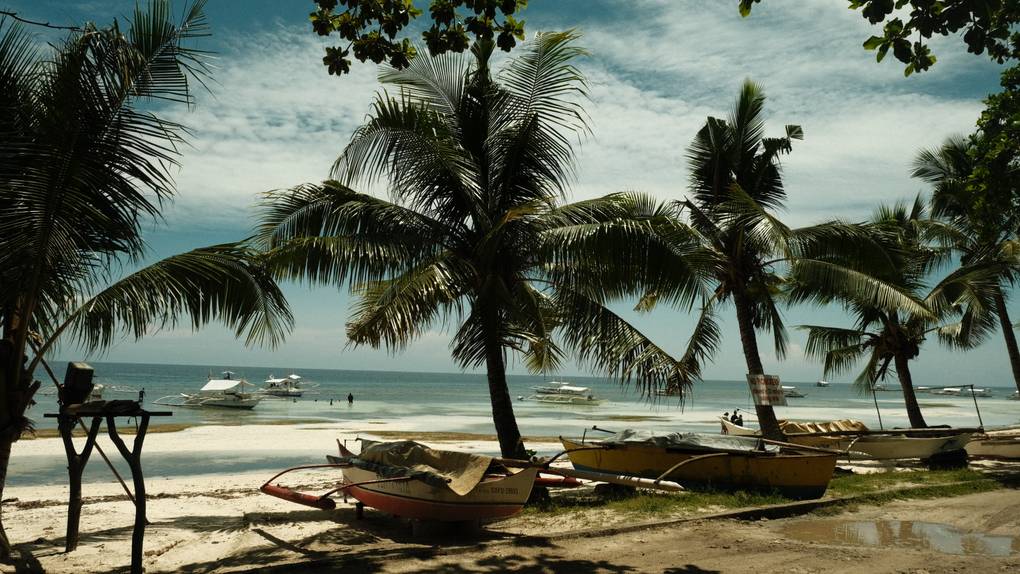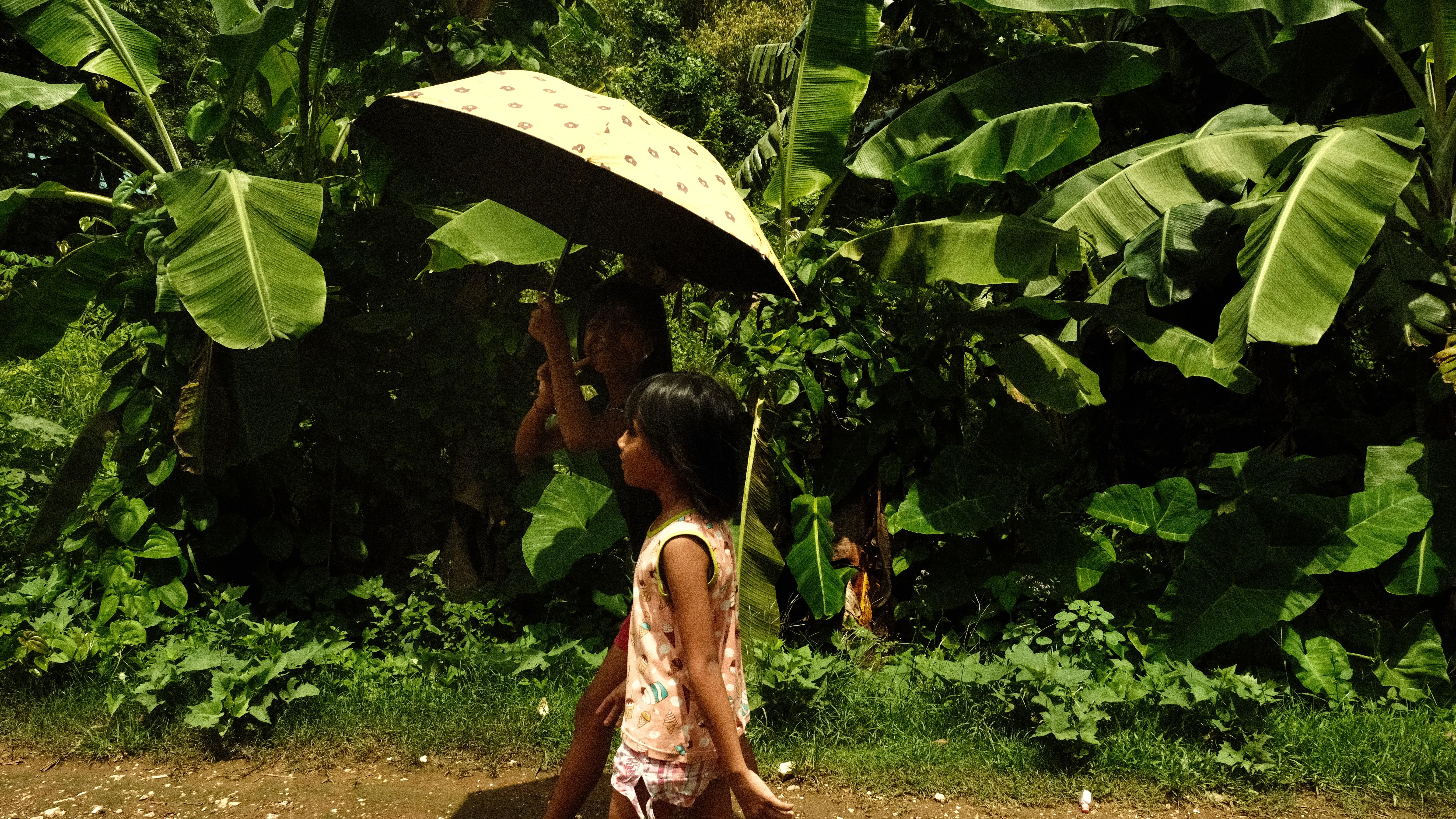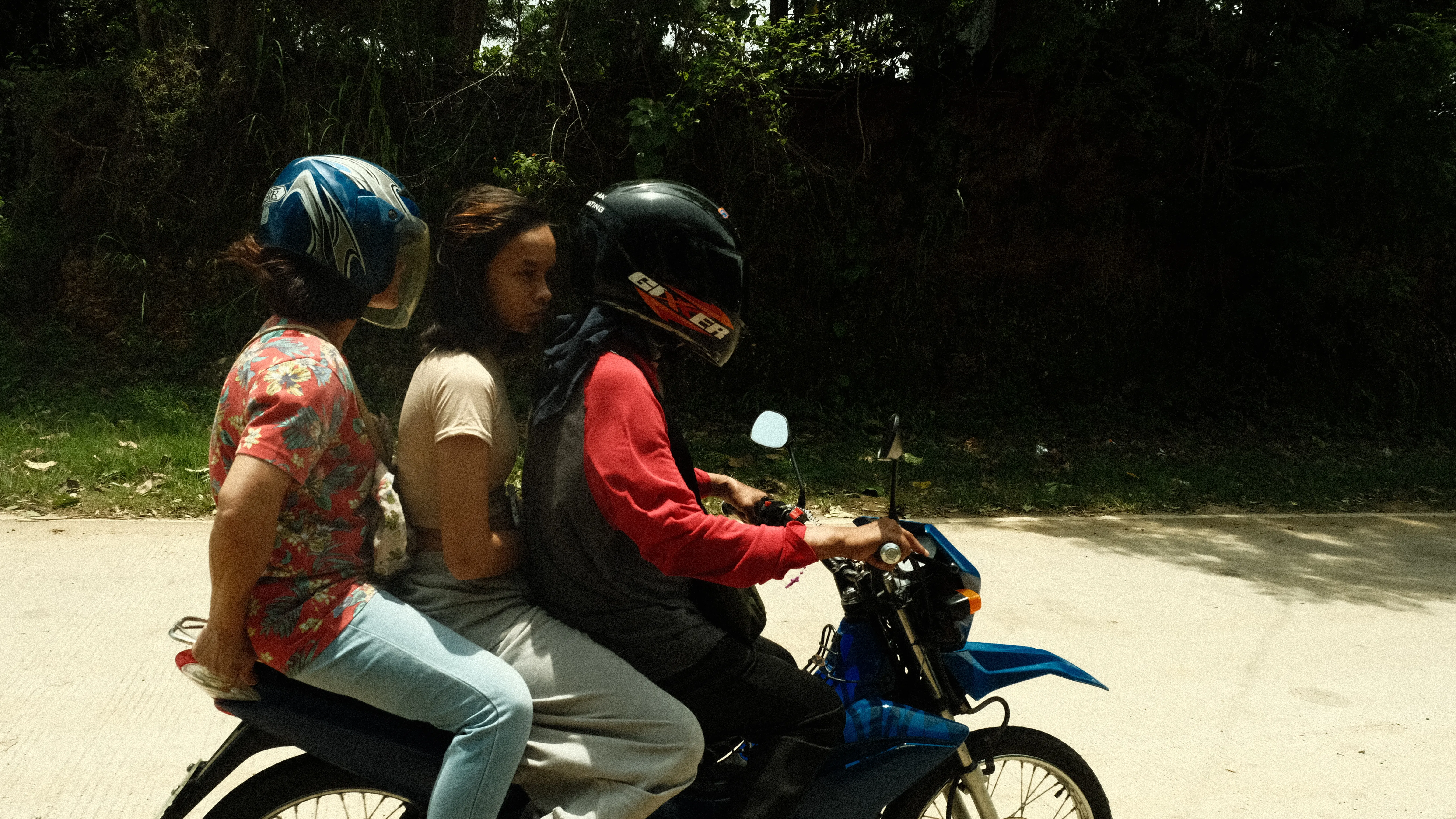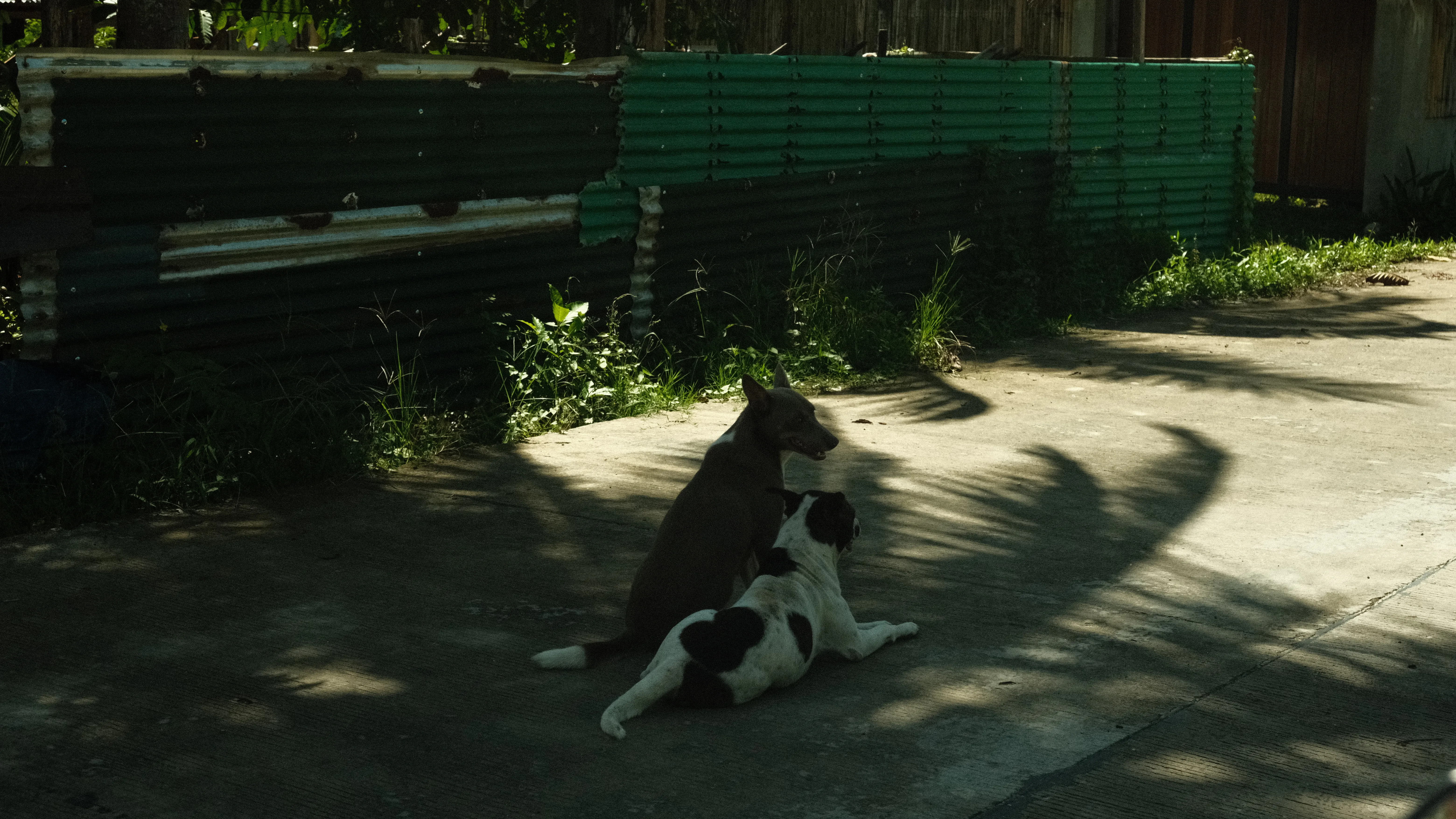
Before You Go: Essential Things to Know About Travelling the Philippines
Planning a trip to the Philippines? To help you make the most of your experience, here are some things to know before you go.

The Kindness of the People
Filipinos are genuinely some of the kindest and most hospitable people you’ll ever meet. If you ever find yourself stuck, lost, or just in need of a hand, don’t hesitate to ask someone, because chances are they’ll go out of their way to help you. When my partner Chris and I got into a motorbike accident (more on that later…), every single person we met, from grab drivers to hotel staff and receptionists, offered to help us without hesitation. One man even invited us to his home for dinner after we were discharged from the hospital. And the thing is, they truly mean it when they invite you; it’s not just a polite gesture, it’s genuine.
Cash Is King
Cash is king in the Philippines. Many small restaurants, local eateries, and shops do not accept card, so it’s best to always have some cash on hand. While there are plenty of ATMs across the touristy islands, most charge a fee of ₱250–₱300 (~€4) per transaction, with a maximum withdrawal of ₱10,000 (~€150). If you don’t mind the fees, you can withdraw ₱10,000 at a time, but if you’re staying long-term, those costs add up quickly.
Tips to minimise fees:
- BPI Banks: ATMs at BPI branches allow international cards to withdraw up to ₱20,000 (~€300) per transaction for the same ₱250 (~€4) fee. Be sure to use the ATMs located at BPI branches, as standalone BPI machines may not support this higher withdrawal amount.
- GCash: GCash is the local version of Revolut or Venmo, a mobile wallet app widely accepted across the country for payments, money transfers, and topping up phone credit. To register, you’ll need a Filipino SIM card and an ID or passport. You can currently top up your GCash balance through PayPal, though they’re working on expanding international bank options.
- Bring cash on arrival: Bringing euros or dollars to exchange locally often gives you the best rate. Exchange a small amount at the airport for immediate expenses, then change the rest in town where rates are better. It is up to you to decide how much cash you feel comfortable carrying, balancing with the convenience and safety of using ATMs or GCash.
Water
Tap water in the Philippines is not drinkable, so always stick to filtered or bottled water. Most hotels and hostels offer free refill stations, so bring a reusable water bottle; it’ll save money and reduce plastic waste. Staying hydrated is especially important in the tropical heat.
Toilets & Hygiene Tips
Public toilets often don’t have toilet seats or toilet paper, so always keep a small pack of tissues or wet wipes with you. Another thing to note: do not flush toilet paper. The sewage systems, particularly on the islands, can’t handle it. Always throw used paper in the bin.

The “Me First” Mindset on the Roads
If you plan to rent a scooter, be prepared because driving in the Philippines is a whole different experience. Roads often have potholes, few road markings, and minimal signage. You’ll also share the road with roaming dogs, chickens, and even goats! Drivers generally follow a “me first” approach, where everyone looks out for themselves rather than following strict traffic rules. The best way to stay safe is to stay alert, go with the flow, and always expect the unexpected. Pedestrian crossings are rare, so cross carefully and make sure traffic has stopped before you step out.
Rice Is Life
Filipinos love rice, and it’s served with almost every meal: breakfast, lunch, and dinner. Local dishes are hearty, flavorful, and usually rice-based. I highly recommend trying local food because it’s delicious, authentic, and much cheaper than western options. For picky eaters, don’t worry, touristy islands have plenty of international restaurants. Just keep in mind that western-style dishes like pizza or pasta often don’t taste quite the same as back home.

Stray Animals
You’ll see many stray dogs and the occasional cat around the Philippines. While they might seem friendly, it’s best not to interact with them. In the rare case that you get bitten or scratched, seek medical attention immediately, as rabies is still present in some areas.
Learn Some Tagalog
Although English is widely spoken across the Philippines, learning a few basic Tagalog (Filipino) words and phrases can go a long way in showing respect and friendliness toward the locals. Filipinos appreciate when visitors make an effort to speak their language. Here are some common Tagalog phrases you might find useful:
(kah-MOOS-tah)
(mah-GAHN-dahng oo-MAH-gah)
(mah-GAHN-dahng HAH-pon)
(mah-GAHN-dahng gah-BEE)
(mahg-KAH-noh poh)
(sah-LAH-maht)
(wah-LAHNG ah-noo-MAHN)
(sah-AHN poh yoong BAH-nyoh)
(OH-oh / OH-poh)
(hin-DEH)
Even just sprinkling a few of these words into your conversations can make interactions more enjoyable and help you get around.
All in all, travelling around the Philippines is such a unique experience, it’s beautiful, sometimes chaotic, but always full of heart. Things might not always go as planned, but that’s part of the fun here. The more open-minded and easy-going you are, the better time you’ll have.
Mabuhay,
Czarina.